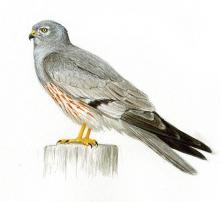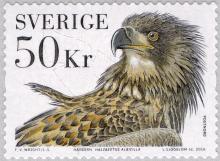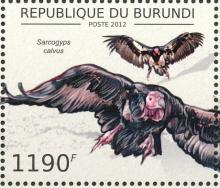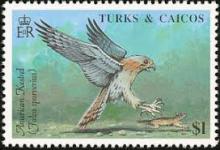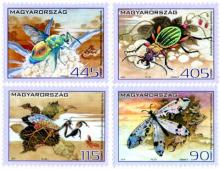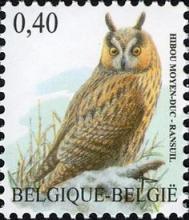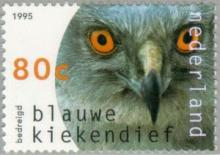The future for the Montagu's Harrier looks very bleak
In the course of the 20th century, the breeding population of the Montagu's Harrier (Circus pygargus) decreased dramatically in The Netherlands. In the first half of the century, it was a fairly common and widespread breeding bird in dunes, heathland, moors and marshland. The species has disappeared from large sections of the country from the 1950s onwards, with the exception of a temporal increase in newly reclaimed polders (Southern and Eastern Flevoland). In 1950-90, the population decreased from about 250 pairs to less than 10 pairs.

